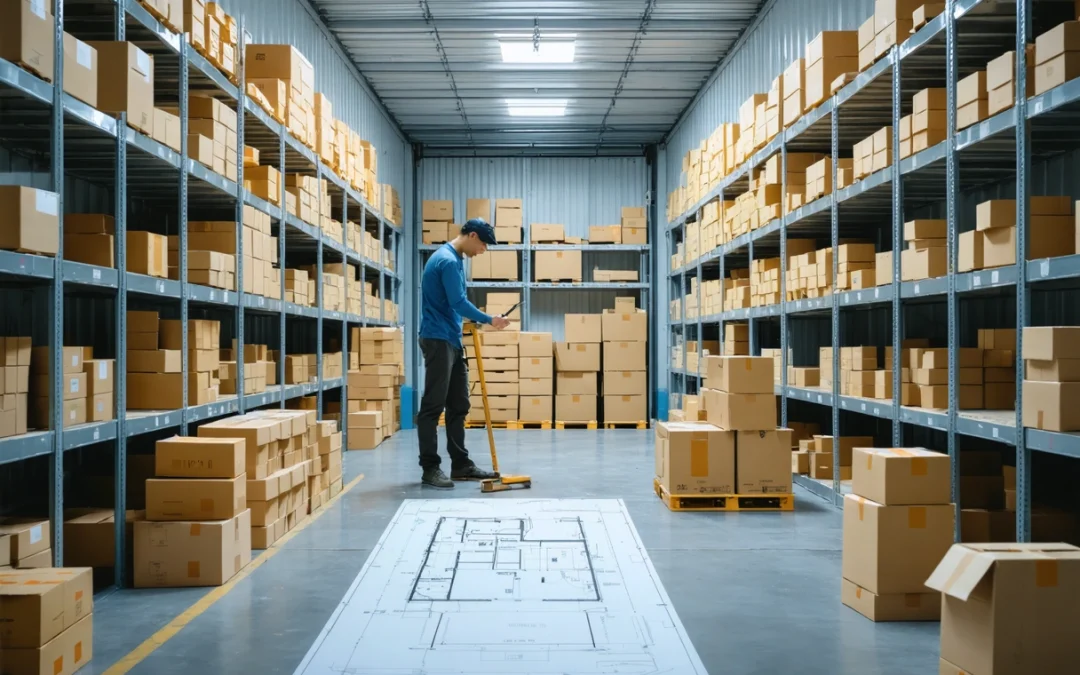Maximizing Your Space: Top 10 Organizational Tips for Your On-site Storage Container
On-site storage containers are incredibly useful for both personal and business use. Whether you’re renovating your home, managing inventory for a retail business, or storing seasonal equipment, these containers offer a versatile solution for temporary or long-term storage needs. However, maximizing the space within these containers can be a challenge, especially when dealing with a limited footprint. In this article, we’ll explore the top 10 organizational tips to help you make the most of your on-site storage container.
1. Plan Your Layout
Before you begin loading items into your storage container, it’s crucial to plan your layout. Consider the types of items you’ll be storing and their various sizes. Create a sketch or mental map of where each category of items should be placed. This foresight will help you avoid the frustration of having to unload and reload items to retrieve something stored at the back.
It’s also helpful to think about how often you’ll need access to specific items. Place frequently needed items near the entrance of the container to minimize the time spent searching for them. For inspiration on creating effective layouts, you might want to explore how small spaces are organized to maximize efficiency.
2. Utilize Vertical Space

One of the most underutilized aspects of any storage space is vertical real estate. Invest in shelving units or stackable bins to make the most of the height available in your container. Sturdy, adjustable shelves can accommodate a range of item sizes and can be rearranged as your storage needs change.
When stacking items, ensure that heavier items are placed at the bottom to prevent toppling. Using clear bins can also help you easily identify contents, reducing the need to unpack and repack containers. For more ideas on maximizing vertical space, check out this guide to maximizing storage space.
3. Label Everything
Labels are your best friend when it comes to staying organized. Clearly label each box or bin with its contents to save time and reduce frustration when searching for specific items. Use a consistent labeling system, such as color coding or numbering, to further streamline the process.
Consider using removable labels, as the contents of your storage container may change over time. This flexibility will allow you to maintain an organized system without the hassle of peeling off old labels. For additional labeling tips, you can explore this guide on organizing with labels.
4. Create Aisles
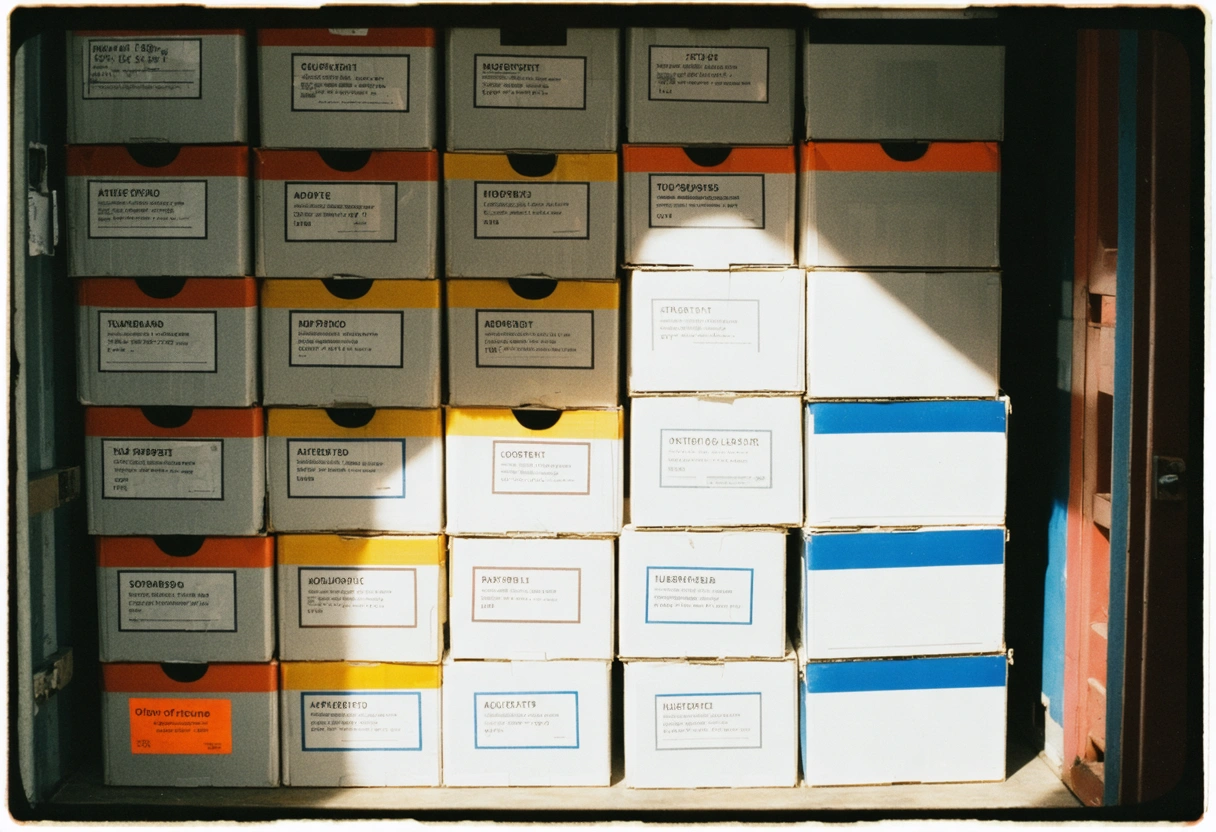
Creating aisles within your storage container can significantly improve accessibility. If space permits, leave narrow pathways between rows of boxes or shelving units. This setup enables you to reach items stored at the back without having to move everything in front of them.
Even a small aisle can make a big difference in the usability of your storage container. Aisles also allow you to better organize items by category, making it easier to locate what you need quickly. Consider how professional warehouses are organized to get a sense of how aisles can improve access and efficiency.
5. Use Clear Bins
Clear storage bins offer a simple yet effective way to keep your items organized. The transparency allows you to see the contents without having to open each bin, saving time and effort. Additionally, clear bins can be stacked, further maximizing your vertical space.
When choosing bins, ensure that they are sturdy enough to support the weight of the items you plan to store. Opt for bins with secure lids to protect your belongings from dust and moisture. For a deeper dive into the benefits of using clear storage bins, take a look at this informative article on clear storage.
6. Prioritize Safety
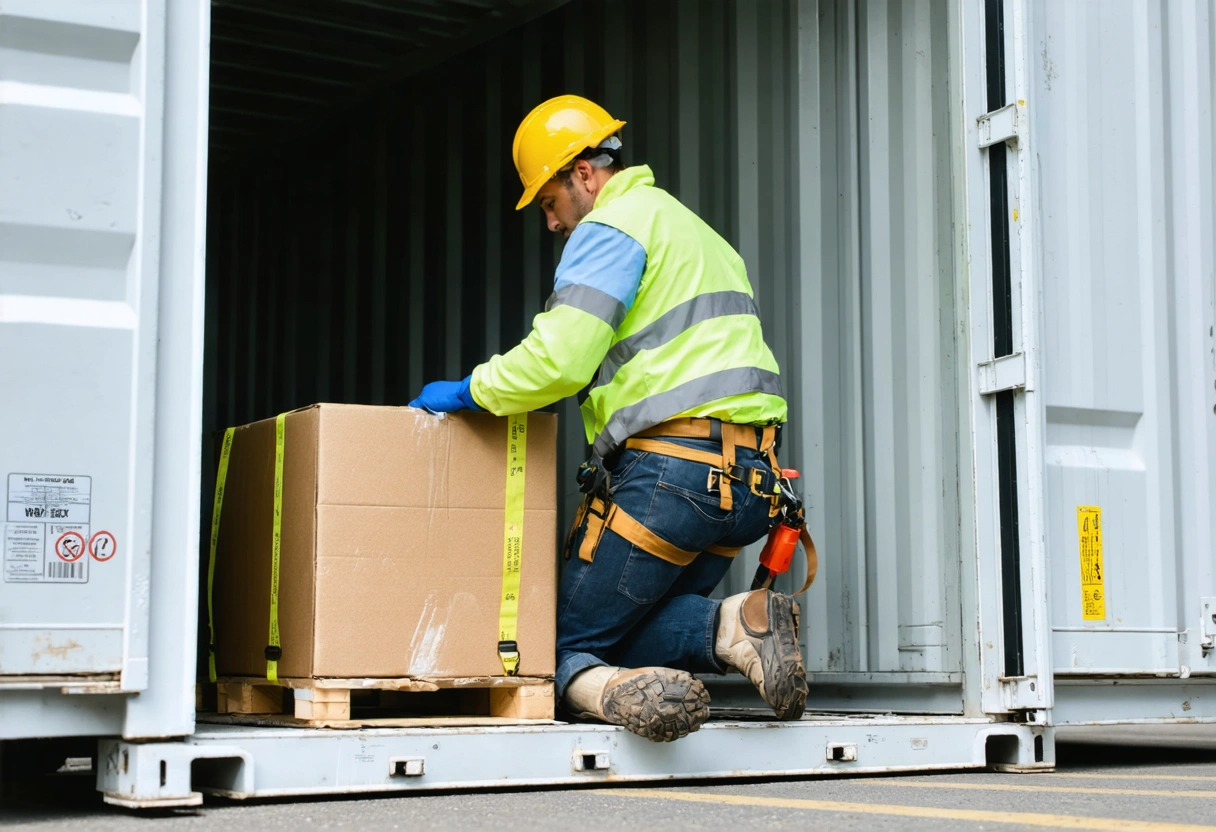
Safety should be a top priority when organizing your storage container. Ensure that heavy items are stored securely to prevent them from falling and causing injury. Use straps, bungee cords, or netting to secure taller stacks of boxes or items on shelves.
It’s also essential to be mindful of how you load and unload items. Use proper lifting techniques to avoid injury, and consider using a dolly or cart for heavier items. For more on maintaining safety in storage areas, you can refer to this OSHA guide on safe storage.
7. Keep a Record
Maintaining an inventory list of the items stored in your container can be incredibly beneficial. This list helps track what you have, making it easier to locate items and reducing the risk of losing track of your belongings. You can use a simple spreadsheet or a dedicated inventory management app to keep your list up to date.
Include details such as item descriptions, quantities, and the location within the container. Updating your inventory list whenever you add or remove items will ensure that it remains accurate. For more inventory management tips, you might find this guide on inventory management helpful.
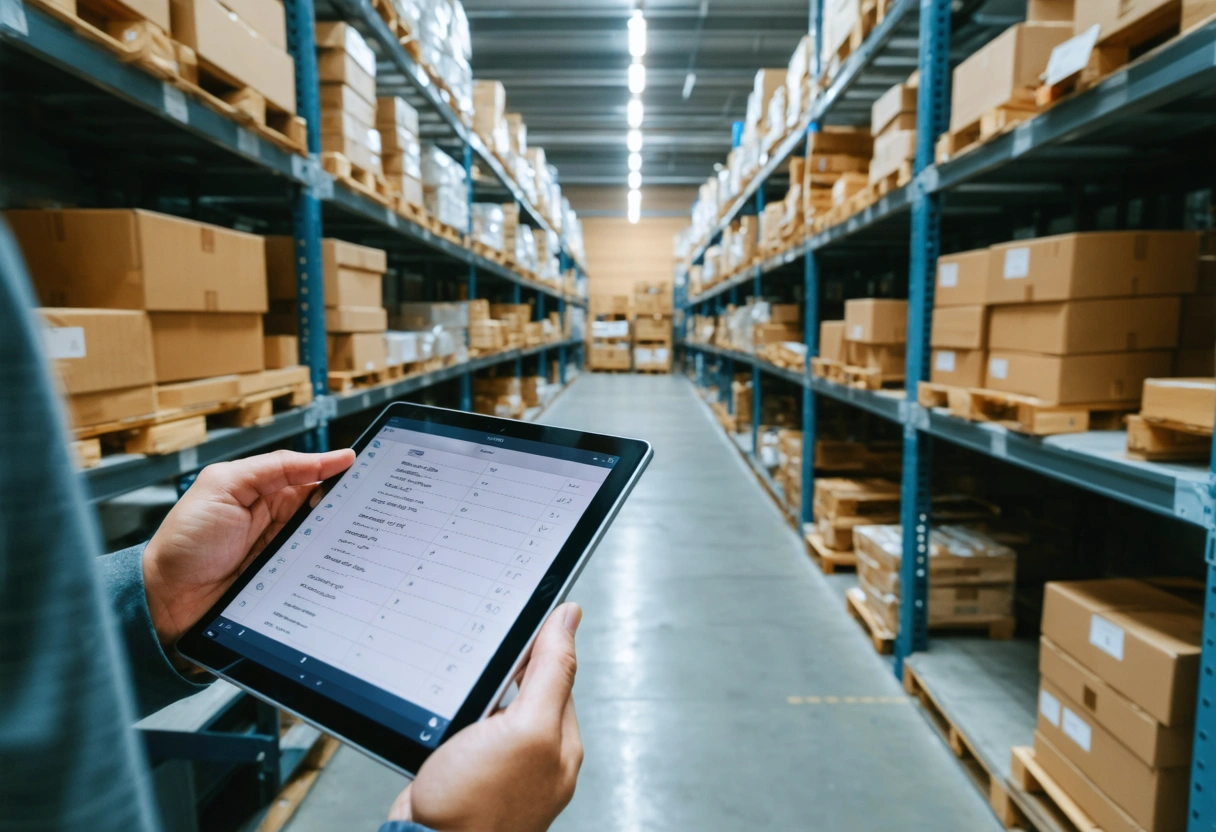
8. Rotate Seasonal Items
If your storage container is used to store seasonal items, such as holiday decorations or seasonal clothing, be sure to rotate these items based on the time of year. Place items that are currently in use or will be needed soon at the front of the container for easy access.
As seasons change, adjust the placement of items within the container to reflect your needs. This practice not only maximizes space but also ensures that you can easily access items when you need them. For more tips on seasonal storage, check out this guide on storing seasonal decorations.
9. Use Multi-Purpose Furniture
Consider incorporating multi-purpose furniture or storage solutions within your container. Items such as storage benches or ottomans with hidden compartments can provide additional storage while serving a dual purpose. These pieces can be particularly useful if your container doubles as a workspace.
Multi-purpose furniture helps to maximize your available space while keeping your container organized. Look for sturdy pieces that can withstand the conditions within a storage container, such as temperature fluctuations and humidity. For more ideas on multi-purpose furniture, explore this article on versatile furniture solutions.
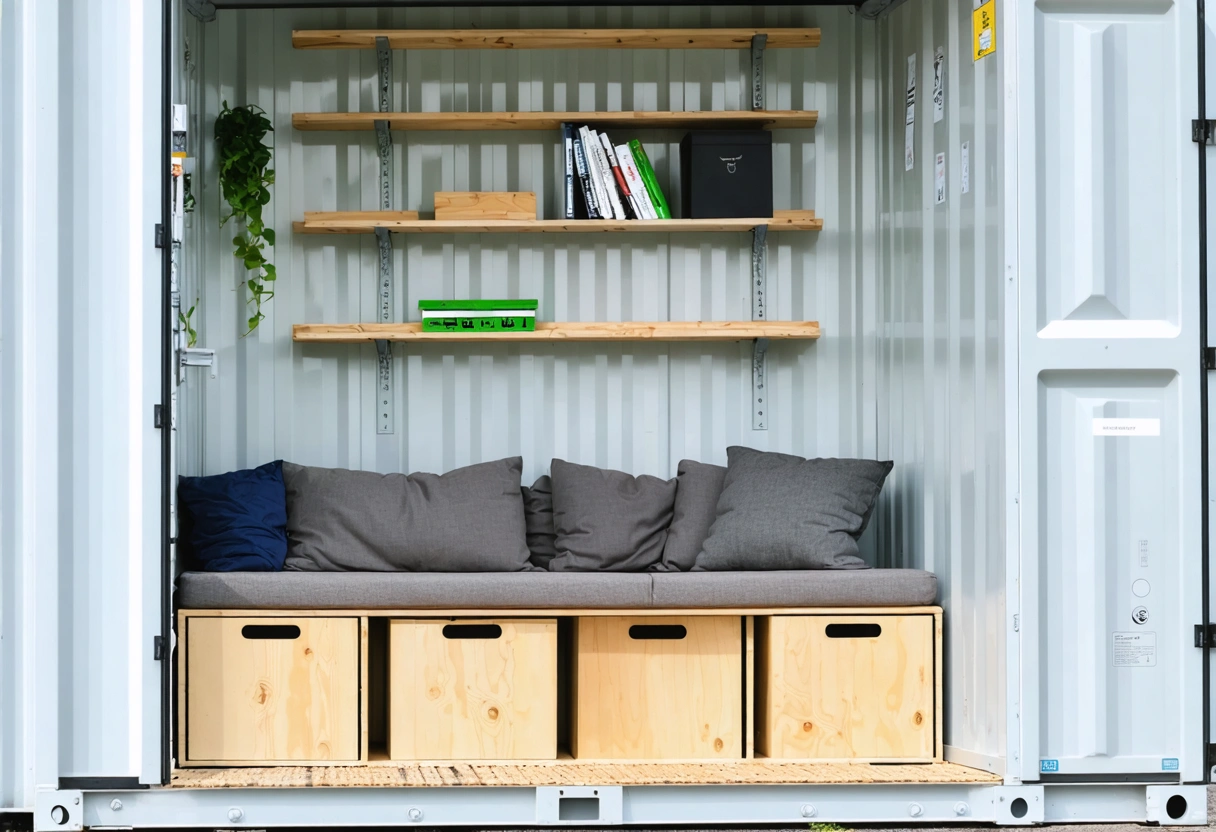
10. Regularly Reassess and Tidy Up
Finally, it’s essential to regularly reassess the organization of your storage container. Over time, your storage needs may change, and items can become disorganized. Set aside time every few months to tidy up and reorganize as needed.
This practice will ensure that your storage container remains efficient and functional. By keeping things organized, you’ll save time and reduce stress when you need to find or access specific items. For more on maintaining an organized space, you can read this guide on keeping spaces organized.
Takeaways
Maximizing the space in your on-site storage container requires a combination of strategic planning, clever organization, and regular maintenance. By following these top 10 organizational tips, you’ll be well on your way to creating a functional and efficient storage solution that meets your needs. Whether you’re storing household items, business inventory, or seasonal decorations, these strategies will help you make the most of your available space while ensuring safety and accessibility.
Need help with Maximizing Your Space: Top 10 Organizational Tips for Your On-site Storage Container?


